- Home
- slideshows
- miscellaneous
- Dollar General is on a path to dominate in America. Here's how it keeps its prices so low.
Dollar General is on a path to dominate in America. Here's how it keeps its prices so low.
Its stores are predominantly based in rural locations.

It's a no-frills shopping experience.
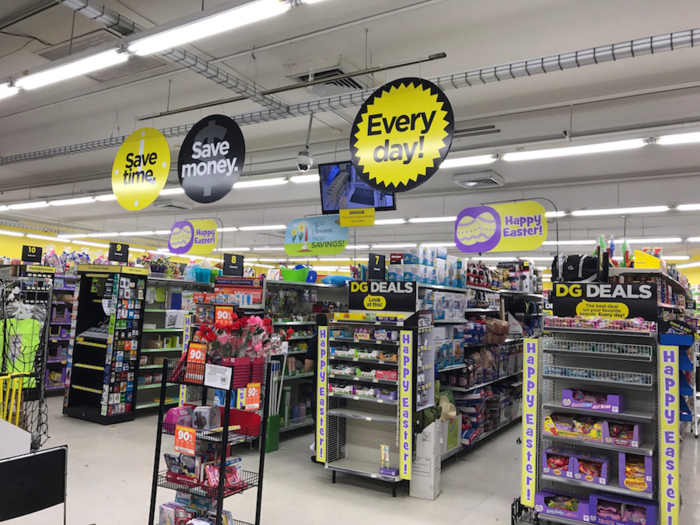
Dollar General doesn't own its stores, which helps to keep real estate costs down. Dan Nieser, the company's senior vice president of real estate and store development, told The Journal that it costs around $250,000 to open a new store, which is significantly less than what it costs a big-box retailer to build a new location.
The stores are smaller — around 7,300 square feet, which is one-tenth the size of the average Walmart store — and have a bare-bones design. Think metal shelves, strip lighting, and cheap signage. It is truly a no-frills shopping experience, suitable for the customer who wants to get in and get out. According to Dollar General, the average shopping trip to its store lasts no more than 10 minutes.
Not owning its real estate also allows the company to relocate stores quickly if they aren’t successful.
"If a store isn't doing as well as they like they will move it somewhere else," Danielle Dolinsky, research analyst at PlanetRetail RNG, told Business Insider. "This makes them more flexible than larger grocers that build the store from the ground up and need massive spaces."
It has a limited selection of products.
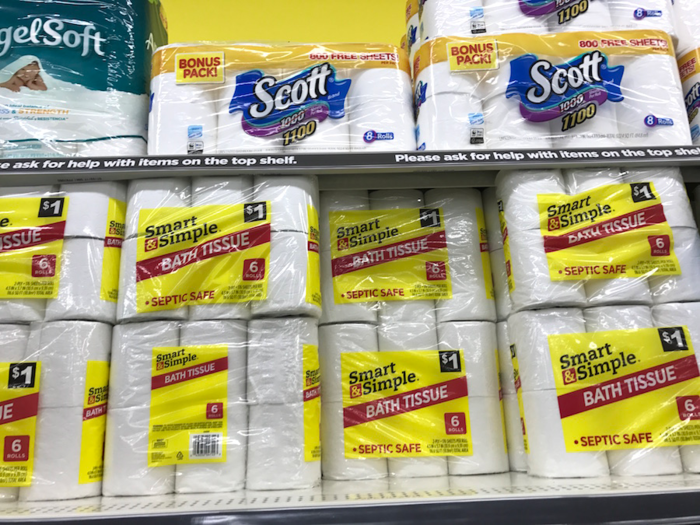
"We don't carry every brand and size, just the most popular ones," Dollar General states on its website.
Each store has between 10,000 and 12,000 unique products. Around 60,000 are found at a typical supercenter like Walmart.
Carrying a limited number of items gives Dollar General more buying power with suppliers as it buys in bulk.
It keeps labor costs down.
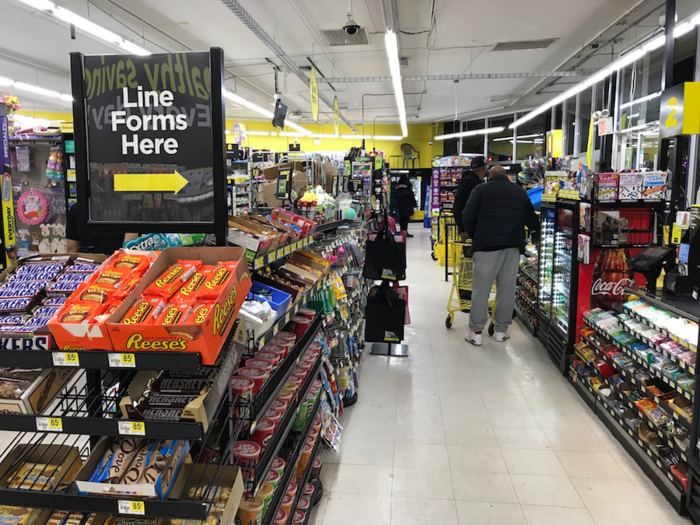
Having fewer products stocked in small, basic stores requires less staff, Dolinsky said.
"All of these go hand in hand. Walmart you have greeters, Stop and Shop you have people asking to help you find stuff. Dollar General is very basic," she said.
The focus here is on getting a deal, which often means that customers are prepared to sacrifice on service.
Dollar General packages items in small quantities.
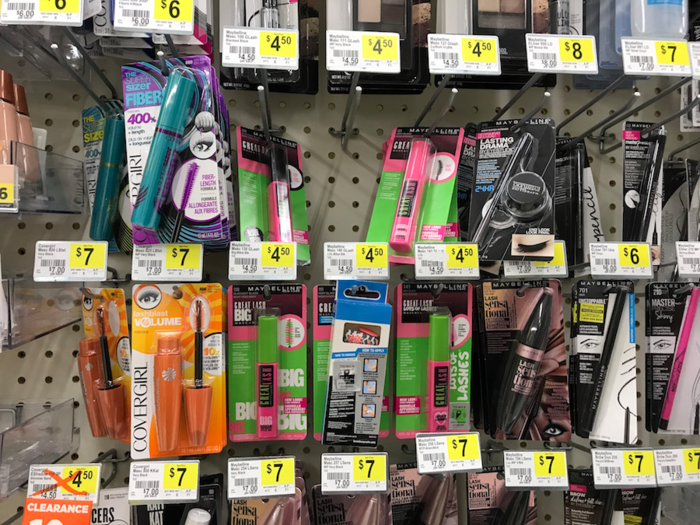
Instead of selling items in bulk, Dollar General sells small quantities of items to keep the cost of each transaction down. It might seem like you are getting a better deal as the prices stay below $10, but ultimately, you're likely paying more on a per-ounce or per-item basis.
Nevertheless, this lower ticket value serves its core customer well, as they might not necessarily have the disposable income to able to be shop in bulk.
It stocks limited amounts of fresh produce.
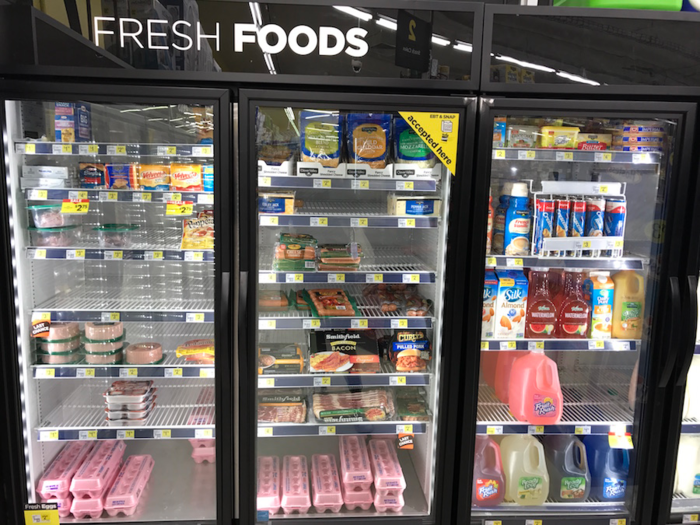
At the moment, the majority of Dollar General stores don't offer any fresh food or perishable items, which have a shorter shelf life and bring in lower margins. This helps to keep its margins strong.
Despite this, Dollar General is looking to grow this area of the business as it sees value in the foot traffic driven by more frequent visits to stores to buy perishables. Plus, it allows it to better compete with Walmart and become the place for a mid-week shop.
Vasos said in December that Dollar General plans to roll out fresh produce to 100 more stores, adding that same-store sales numbers were three times as high in stores that stocked fresh produce as in those that didn't.
Analysts expect this to put pressure on margins.
It looks to cut costs in the supply chain.
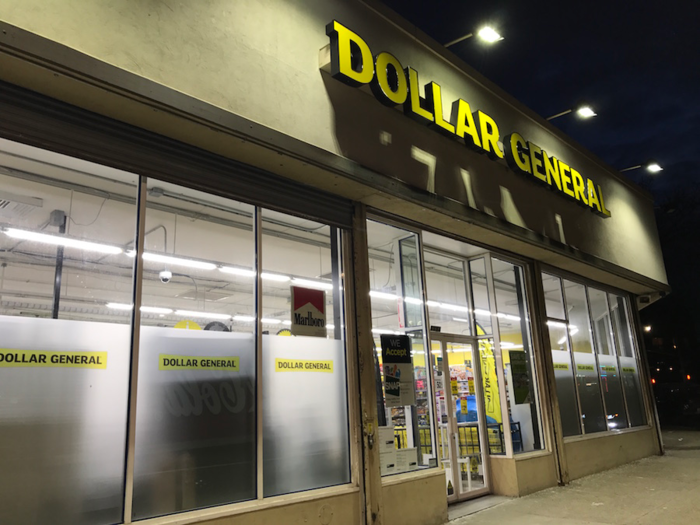
Dollar General is constantly looking at where it can cut costs in its supply chain.
"They have talked about expanding their private fleet to control delivery times and to ensure that the routes are more efficient so trucks aren't wasting time on delivery routes," Dolinsky said.
Popular Right Now
Popular Keywords
Advertisement